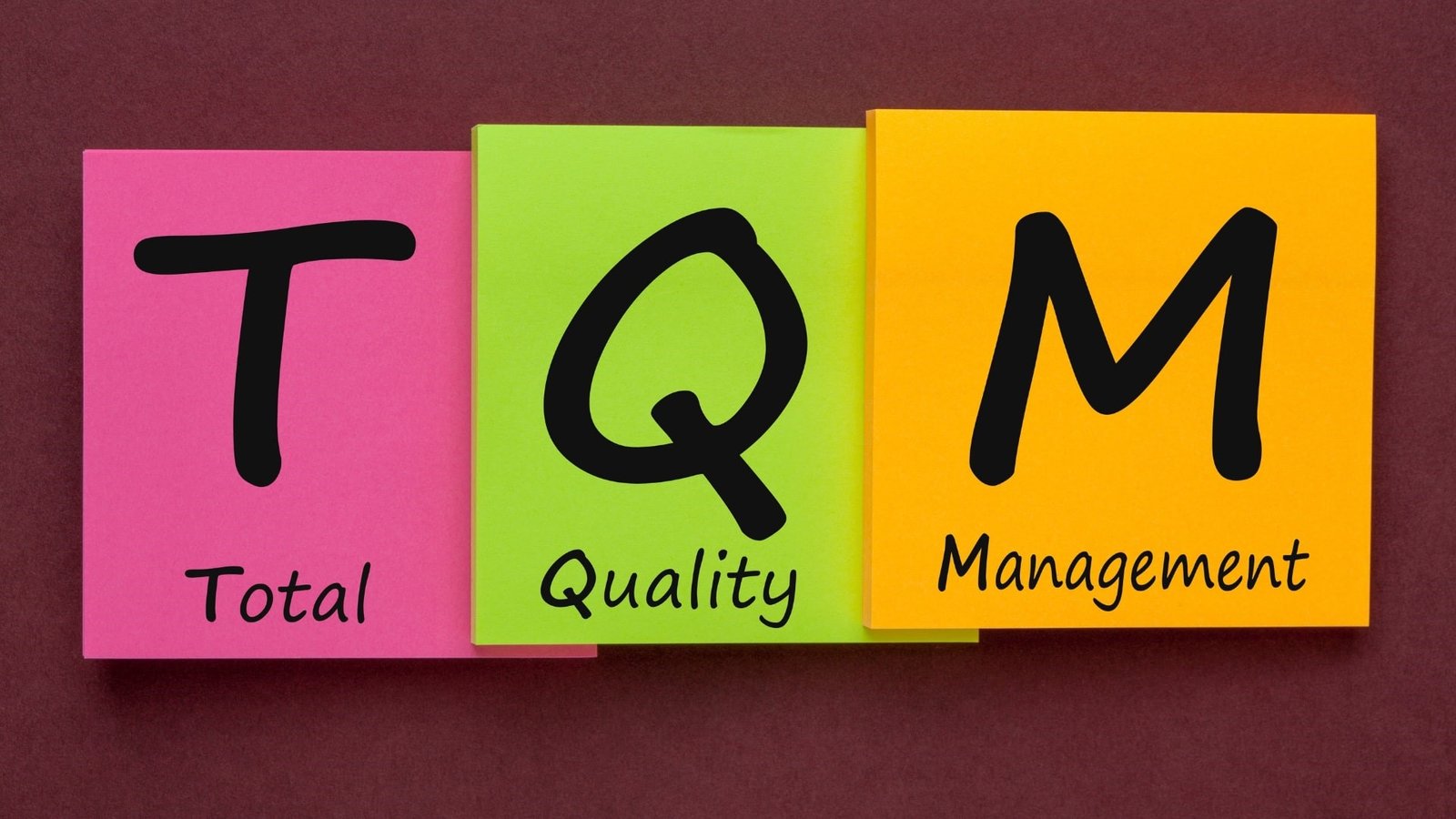Today most of us are locked down in our homes with only laptop, notebook, and phone screens to keep us engaged in our professional duties or academic responsibilities. That makes us wonder how to overcome your virtual meeting stress.
We are likely spending more time in front of a screen, and likely in painfully ergonomically incorrect chairs, than at any other time in our lives.
It is a reality that we are still adjusting to a world where screen captures of Zoom meetings have become the new selfie. In this time of social distancing, our only social contacts are through a camera lens and a video screen.
In so many ways, we should be thankful for the technology that has allowed us to stay somewhat connected to the world around us.
But at the same time, we’re starting to feel the fatigue that comes with staring at tiny boxes of people on our computers.
So, what do we do when our minds and bodies start shutting down from virtual meetings overload? How to overcome your virtual meeting stress.
- SCHEDULE BREAKS BETWEEN ONLINE MEETINGS.
It’s tempting to schedule back-to-back virtual meetings because the travel time is eliminated. We can easily jump to the next Zoom link. However, we need those few minutes to reset and refresh our brain for the next task.
Build in a buffer of at least 10-20 minutes between your online meetings, and you’ll notice the difference.
- BUILD IN BREAKS DURING LONGER MEETINGS.
It’s amazing how much concentration it takes to engage in an online meeting. Not to forget the online trainings. There are so many more distractions and things to look at than an in-person meeting in a conference room or in a training program.
Normal meeting actions, like looking out of the window while someone else is talking, can seem very disengaging on a video call.
You feel the need to focus on the screen the entire time. That makes a two-hour virtual meeting feel more like four hours.
It’s important to schedule in five- to 10-minute breaks every hour for participants to use the restroom or just disengage from a screen.
Make sure you use that time to look at something other than a computer monitor. Don’t use the break to check your email or update your calendar.
- SCHEDULE SHORTER MEETINGS.
We know virtual meetings always feel longer than physical meetings, so plan for it and keep most of your meetings shorter. This applies to online training as well.
Schedule the training such as that it can be of longer in term of days but shorter in term of contact hours. Give short assignments.
- SCHEDULE TRAININGS IN A PRECISE WAY.
Online trainings are also very common as people are focused on developing new skills during the lockdown. Keep the participants motivated by giving them assignments that include real time reading.
Give scheduled breaks. Engage them during working hours. Let them decide when and how they want to learn. Not crossing the home and work time limits is also very important.
- SCHEDULE TECHNOLOGY BREAKS.
Everyone’s calendars are different, and there will be some of us who have more meetings throughout the day than others.
Increasingly it’s going to be necessary that we manage our own days and do our best to keep healthy boundaries between home, family, and the workday.
Just like how there’s such a thing as “Zoom fatigue,” there’s also such a thing as too much technology and screen time.
Our new way of life, at least for the near term, necessitates we engage screens at a higher percentage than usual.
It’s crucial we put our devices away, step outside, maybe take a few minutes to breathe the air, go for a walk or a run, or even work on professional reading assignments.
It’s for this reason we recommend regular breaks from all technology throughout the day. If it helps, put yourself on a timer. These breaks are as important as your next task.
For More Information or want to have a professional training on overcoming stress. Please visit.
Reference: https://factsandtrends.net/2020/04/15/6-tips-for-overcoming-virtual-meeting-fatigue/[/vc_column_text][/vc_column][/vc_row]






